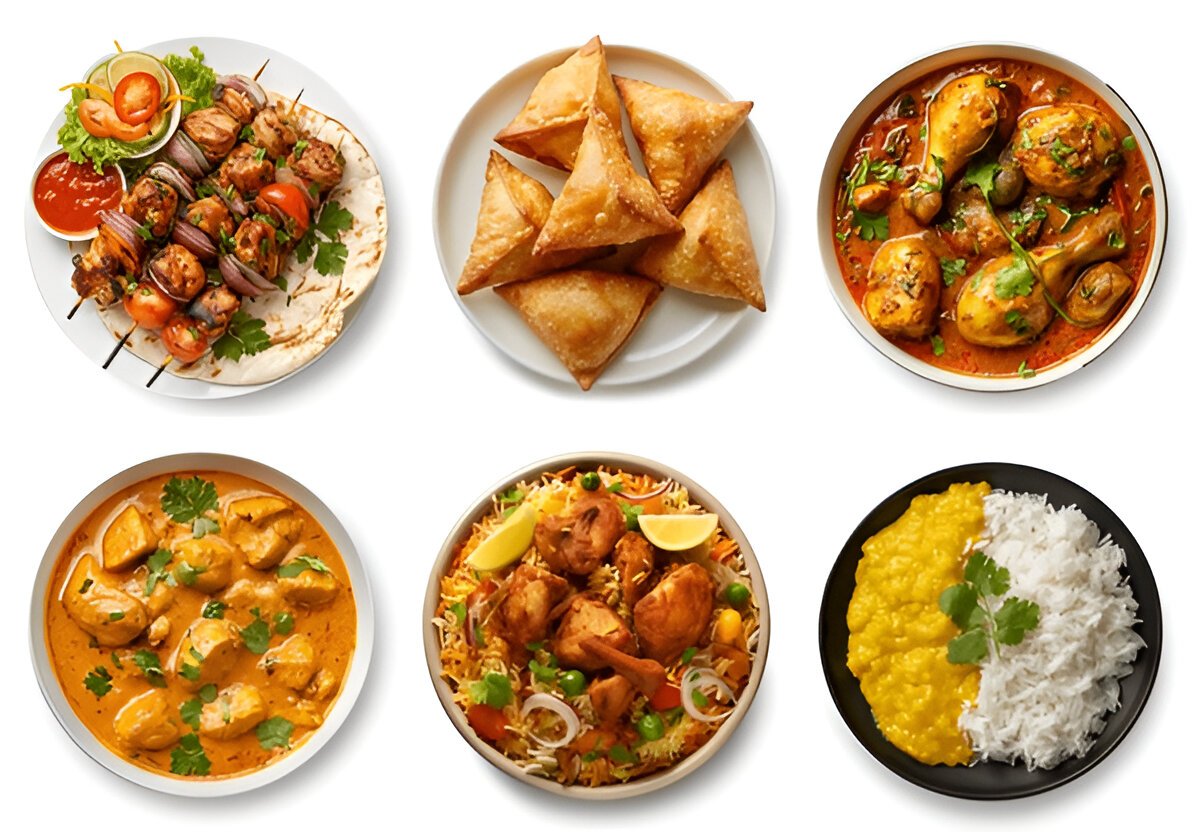7 Popular Indian Dishes That Actually Originated Abroad
Deriving Indian cuisine’s diversity and global influences from flavors that will tantalize the taste buds all over the world, India has always been popular for its dishes. But what if we say the Popular Indian Dishes like biryani from Hyderabad are not from India? Amazingly, India has more in store for everyone to discover many secrets beyond the seven locally sounding foods.
- 1. Samosa: A Snack With Middle Eastern Roots
- 2. Naan: A Persian Bread Perfected In India
- 3. Chicken Tikka Masala: A British Creation With Indian Flavors
- 4. Jalebi: A Sweet Treat From The Middle East
- 5. Rajma (Kidney Beans): A Mexican Staple Turned Indian Comfort Food
- 6. Gulab Jamun: A Mughal Gift to Indian Sweet Culture
- 7. Chai (Tea): A British Legacy Turned Indian Obsession
- Final Words
1. Samosa: A Snack With Middle Eastern Roots
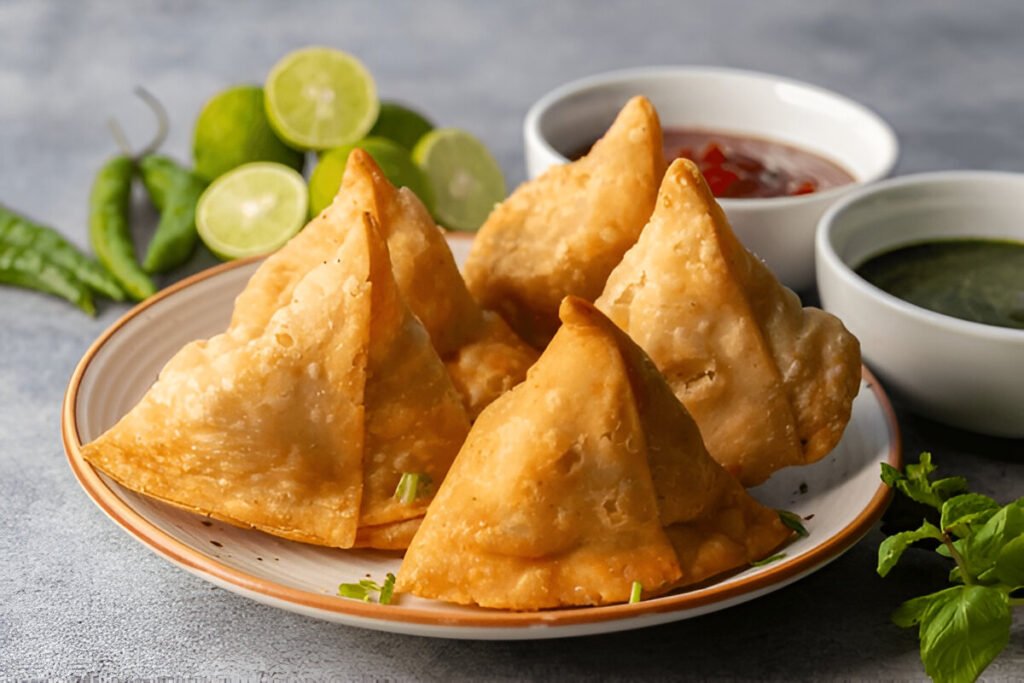
Oh, samosa, that divine food!
The college-lover favorite – Samosa!! Crispy, tasting like heaven – triangular shape filled with spicy potatoes. Represents great Indian tea breaks and obsession during the monsoons. Interesting, though: it isn’t Indian at all! It came from the Middle East and was called ‘sambosa’ with meat. It made its way into India through traders during the 13th or 14th centuries and became purely vegetarian tasty food thereafter for regional preferences. However, it makes it Indian all through, with the full history told differently.
2. Naan: A Persian Bread Perfected In India
For the Indians, no meal is considered complete without a portion of naan bread for spreading butter or garlic on top. The history of naan precedes the age of Indian tandoors. It has its roots in Persia and was carried to India by the Mughals. Royal Persians enjoyed their naan and kebabs; for Indian households, that is how their introduction happened. Our expertise in preparing naan at home has us easily forget the fact that its journey started somewhere else.
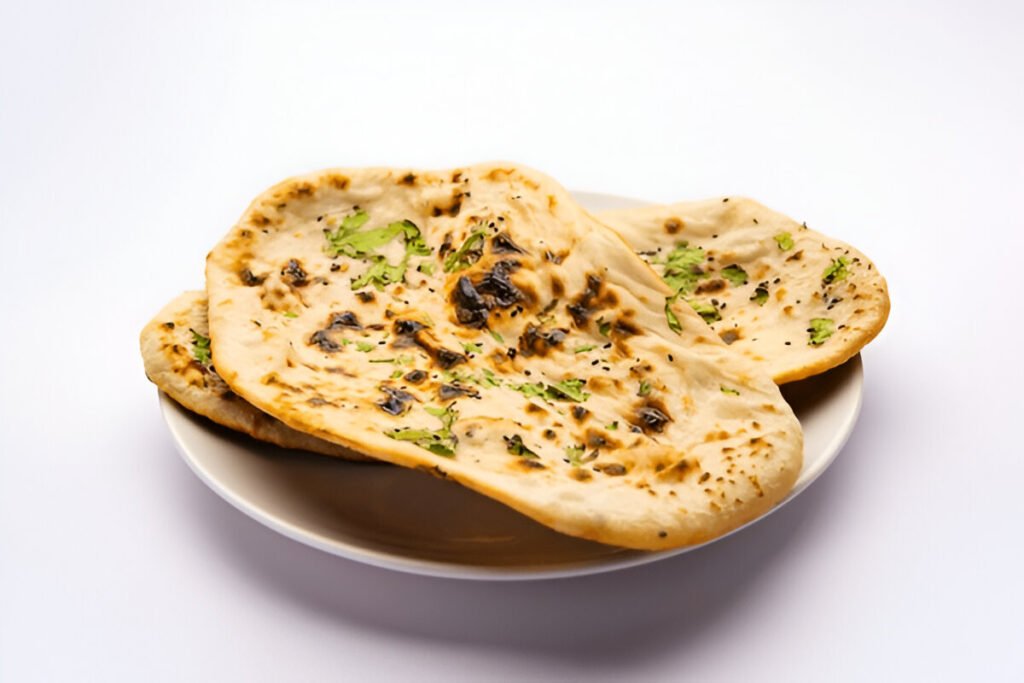
3. Chicken Tikka Masala: A British Creation With Indian Flavors

Did you know Chicken Tikka Masala, the most well-known part of Indian cuisine, was created in Glasgow, Scotland? It’s true! This story is that a Bangladeshi chef in Glasgow created this dish- your creamy and tangy sauce- which originated because a diner was dissatisfied with the usual chicken tikka for being too dry. Soon after that, it spread around the world, particularly in all the authentic places. But you know what? It’s yummy yet narrated mainly from a not-so-Indian angle.
4. Jalebi: A Sweet Treat From The Middle East
‘Jalebi’ is a sweet syrup snack that has an Eastern origin with its name derived from the Arabian word ‘zalabiya’. Traders of Persia and Arabia carried with them this delicacy to famous Indian food, where it got transformed into the sugar-slowed crisp, gold-colored, festival or celebration kind of specialty sweet enjoyment.
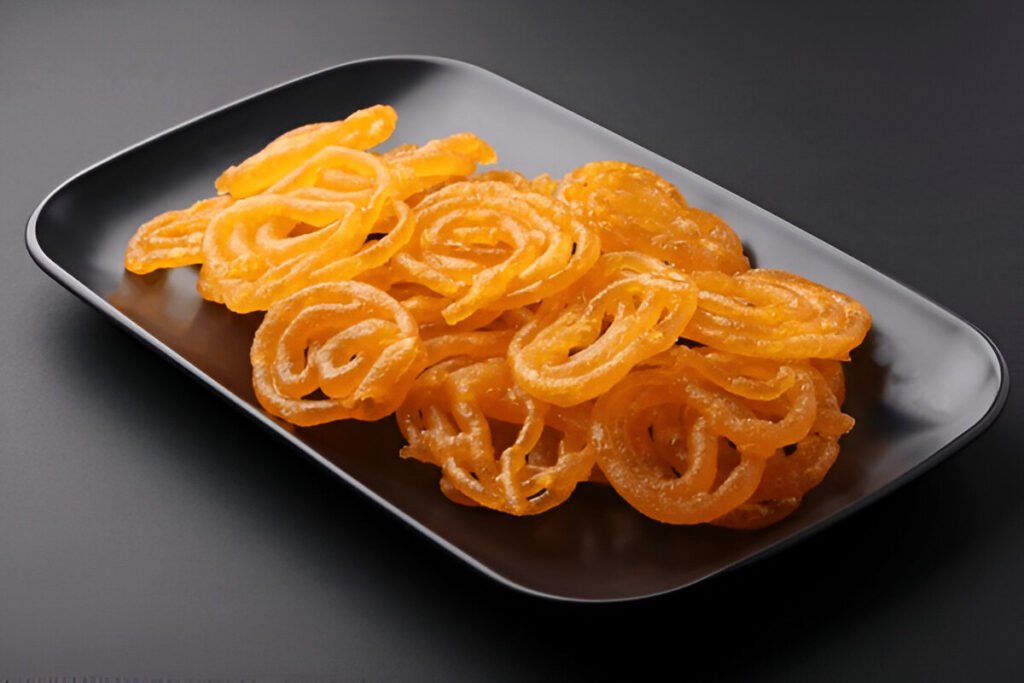
5. Rajma (Kidney Beans): A Mexican Staple Turned Indian Comfort Food

Kidney beans were not originally from India but were rather from Central America and introduced there by the Portuguese traders. These beans were perfected as it pertains to cooking in spiced tomato sauce by the Indians and developed into our favorite rajma masala. Further away from the Indian soil where it was founded, the spice mix has now become an integral part of our culinary legacy for generations.
6. Gulab Jamun: A Mughal Gift to Indian Sweet Culture
This succulent, paved melted dessert of late is a very favorite feast at marriages all over India. Nevertheless, gulab jamun was originally a Middle Eastern specialty. It is perhaps a derivative from the Persian delicacy ‘luqmat al qadi,’ a fried dough ball soaked in honey syrup. When it was brought by these Persian visitors to India, chefs adapted it with khoya (reduced milk solids) and saffron, making it much richer and creamier than what we are used to today.
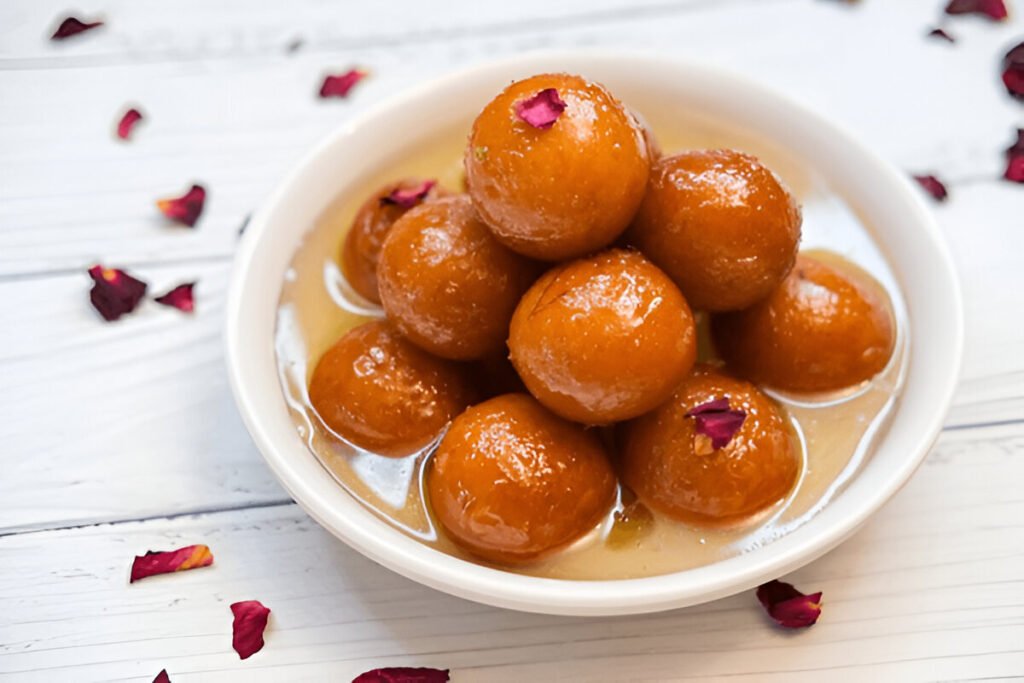
7. Chai (Tea): A British Legacy Turned Indian Obsession
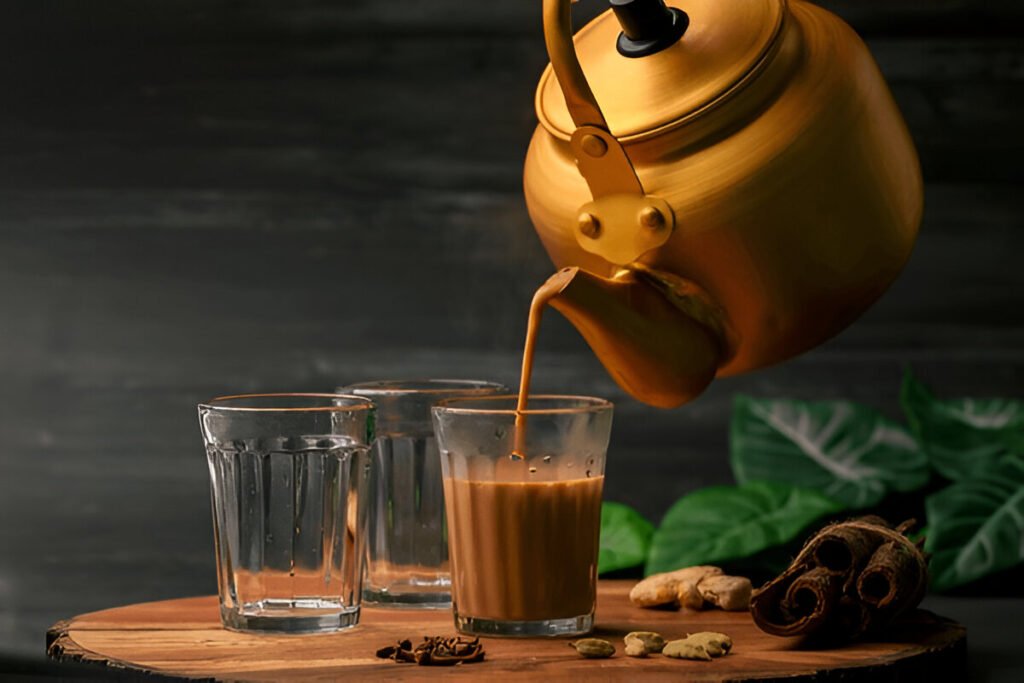
Chai, that libation which vitalizes India, does not belong to India as it has been imported from the land of China: tea plants are originally from China. Indians only began to consume it once promoted by the British in India. The British introduced tea plantations in Assam and Darjeeling and sold it as an “intrinsically Indian” product. Indians added spices like ginger, cardamom, and cloves, and eventually, the world took note of it as their well-loved masala chai. But our roots, I think, lead us back to ancient China.
Final Words
Indian cuisine’s diversity and global influences have enriched its culinary landscape, transforming foreign foods into dishes that feel inherently Indian. These examples highlight the interconnectedness of food cultures and how history has shaped what we enjoy on our plates today. This fusion is evident in the adaptation of foreign ingredients and cooking techniques to create unique and delicious dishes, such as butter chicken, which has Indianized British culinary influences. Exploring these culinary connections provides a deeper understanding of the rich tapestry of Indian cuisine and its global impact on many popular Indian dishes.

